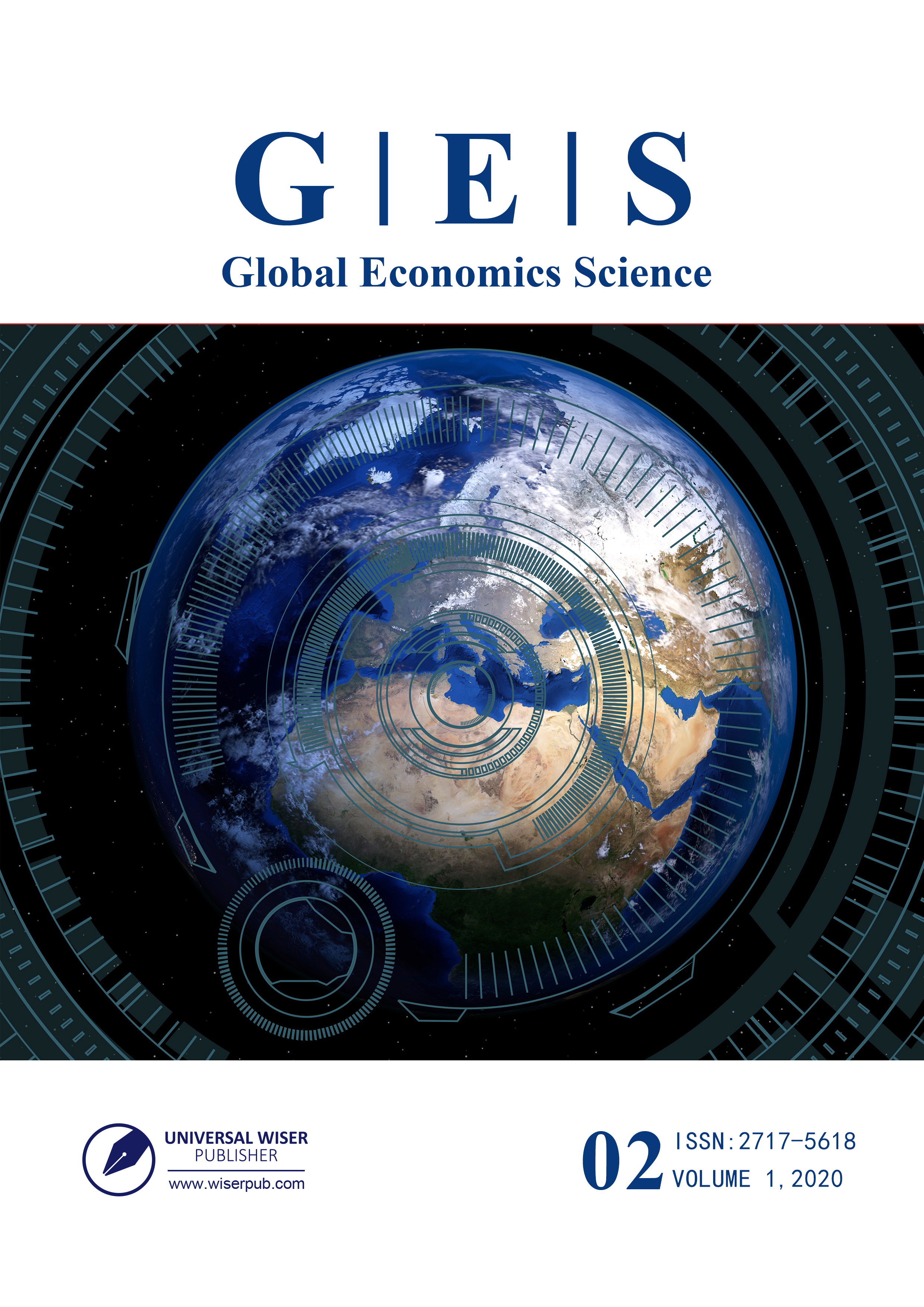Managing Projects Using Forensic Accounting in Detection and Prevention of Fraud in Ghana
DOI:
https://doi.org/10.37256/ges.122020343Keywords:
forensic accounting, project management, fraudAbstract
Managing projects has become an integral part of business growth and sustainability in contemporary business management practices. As businesses grow and expand, there is a need for prudent and proper management of projects to ensure value for money. Accounting in general has been very critical to the survivor of every business. The complexity of some projects would require more than just average accounting knowledge to ensure their successful planning, execution and completion. It was against this background that this study sought to evaluate "managing projects using forensic accounting in detection and prevention of fraud". The study adopted a qualitative approach and Klynveld Peat Marwick Goerdeler (KPMG) Ghana, a renowned international audit firm was purposely sampled for the study due to its broad business engagements in forensic accounting. The study revealed forensic accounting as a relevant tool in the prevention and detection of fraud in project management practices. There were potential red flags of fraud in Ghanaian projects. Forensic accounting would help complete projects according to schedule and boost the credibility of project managers to the general public. The fraud was a general phenomenon that existed in almost every project. The findings also revealed that irrespective of the nature of fraud, forensic accounting could control it. It was concluded that forensic accounting is of enormous essence to the Projects Community in Ghana especially when forensic accountants were retained for forensic accounting purposes.


